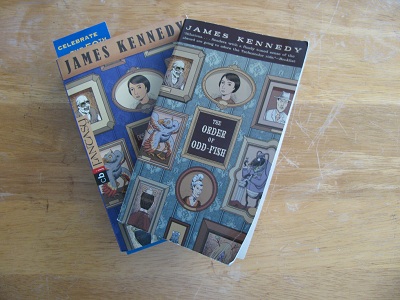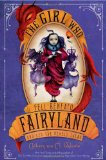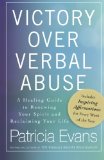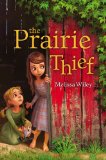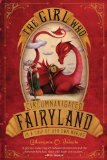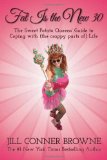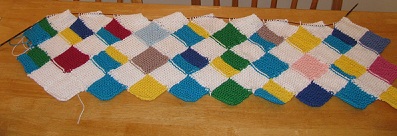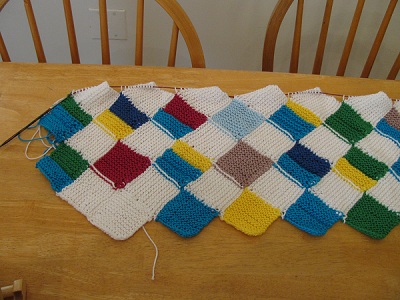Sonderling Sunday – Newbery Version
Welcome to Sonderling Sunday, that time of the week when I play with language by looking at the German translation of children’s books. Tonight I’m eagerly looking forward to tomorrow’s announcement of ALA’s Youth Media Awards. (Any of my readers who live in Northern Virginia, come to City of Fairfax Regional Library to watch it with me at 11:00 am! I’m also bringing as many potential winners as I could get my hands on, so those who come can get first dibs. I’m looking forward to seeing how many I guessed right.)
Of course, my interest is most absorbed by the Newbery Medal. I thought it would be fitting to choose a Newbery winner to look at tonight. But what do you know? The only Newbery winning book for which I have the German translation is that same book I come back to every other week. What’s that you say? You didn’t know that James Kennedy’s The Order of Odd-Fish was a Newbery winner? Well, it’s only a winner in the unorthodox sense. Be sure to read how James Kennedy won it fair and square from Neil Gaiman in a battle of physical and mental challenges (such as Rock, Paper, Scissors).
So, that makes it appropriate to look at The Order of Odd-Fish tonight, Der Orden der Seltsamen Sonderlinge, which I was going to do anyway. I have to admit, though I find gems in every book I approach, I can be absolutely sure I will find bizarre phrases to translate in every one of James Kennedy’s chapters. You can count on it.
Last time, we left off at the start of Chapter 13.
We’ll start with some interesting phrases:
“with brooms, mops, and buckets of soapy water” = bewaffnet mit Besen, Wischmopps und Eimern mit Seifenwasser
“passionate” = leidenschaftlichen
“cleaner, tidier, tighter-run establishment” = saubereres, aufgeräumteres, und straffer geführtes Haus
Didn’t I tell you? Get a load of these phrases you always wanted to know how to say in German:
“grimy, seething muckpot” = schmierigen, brodelnden Drecksloch (Google translates that back as “greasy, bubbling mudhole”)
“feculent, slime-soaked, filth-dripping crapshack” = stinkenden, schleimigen, schmutzigen Absteige
(Google translates that back as “stinking, slimy, filthy flophouse.” Is it just me, or is that lacking some of the imaginative flourishes of the original?)
“putridity” = Fäulnis (“foulness”)
“pristine splendor” = makelloser Pracht
Ah, here’s a word that doesn’t appear in the original except as a pronoun — because English doesn’t put it so nicely in one (long) word: Reinigungswerkzeuge = “cleaning-work-things” (i.e., mops and brooms and such)
Oh, so many things you must want to say! (These gems just don’t occur in the non-Award-winning books!) Like this:
“full of rotting fish slime” = mit verfaulendem Fischschleim verseucht
“was waist deep in milky, chunky sludge” = jetzt reicht der milchige, zähe Schleim Jo bis zur Hüfte
(“now reached the milky, viscous slime to Jo’s hip”)
“sour air” = stechende Geruch
“wheelbarrows” = Schubkarren (“push-cars”)
“as wrung out as an old rag” = so ausgewrungen wie ein alter Lappen
“a pink furry bear suit” = einen flauschigen rosa Bärenanzug
“mad as a mutton” = vollkommen durchgeknallt (“completely through-cracked”)
“blankly” = verständnislos (“understanding-less”)
I like this one:
“a pinball machine” = einen Flipper
“mashed together” = zusammengebastelt
I’m going to stop there, on page 152 in English, Seite 192 auf Deutsch. I’d better stop before I’m so ausgewrungen wie ein alter Lappen. But next time you want to talk about verfoulendem Fischschleim or schmierigen, brodelnden Drecksloch, you’re going to have options you didn’t have before.
I’d still love to hear how to say “pink furry bear suit” or “pinball machine” in Japanese or Spanish or Korean or any other language, just for fun. Fill up the comments!
And Happy Newbery Eve! I dare you to use these phrases in everyday conversation this week. People may think you vollkommen durchgeknallt, or look at you verständnislos, but that’s the fun of it, after all.
